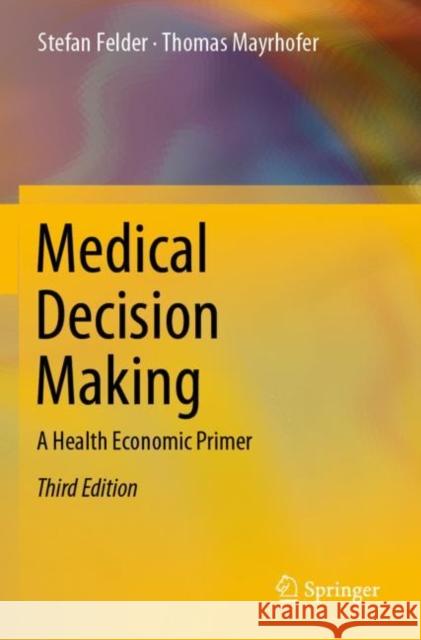Medical Decision Making: A Health Economic Primer » książka
topmenu
Medical Decision Making: A Health Economic Primer
ISBN-13: 9783662646564 / Angielski
Medical Decision Making: A Health Economic Primer
ISBN-13: 9783662646564 / Angielski
cena 229,96 zł
(netto: 219,01 VAT: 5%)
Najniższa cena z 30 dni: 219,73 zł
(netto: 219,01 VAT: 5%)
Najniższa cena z 30 dni: 219,73 zł
Termin realizacji zamówienia:
ok. 22 dni roboczych
Bez gwarancji dostawy przed świętami
ok. 22 dni roboczych
Bez gwarancji dostawy przed świętami
Darmowa dostawa!
Kategorie:
Kategorie BISAC:
Wydawca:
Springer
Język:
Angielski
ISBN-13:
9783662646564











